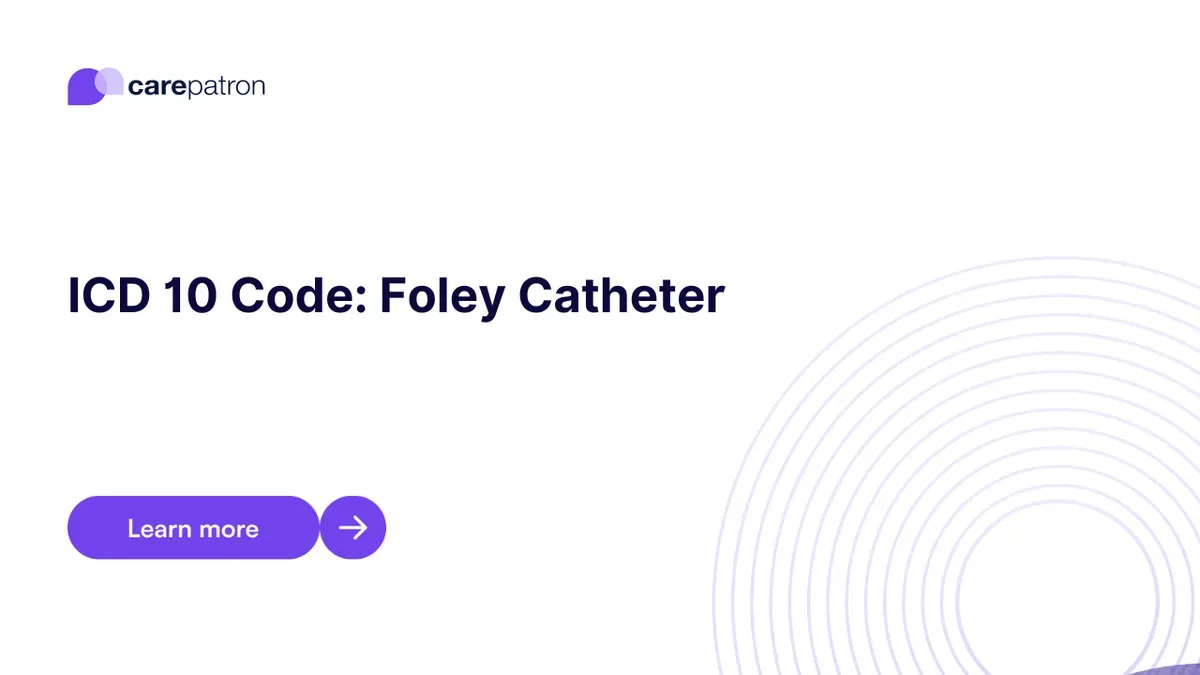
Foley Catheter ICD-10-CM Codes
Elevate your billing accuracy and medical documentation comprehensiveness for Foley Catheter procedures and conditions with accurate ICD-10 Codes.
Use Code
Commonly asked questions
Use Foley Catheter ICD codes when documenting procedures, conditions, or symptoms related to Foley catheter usage for accurate medical billing and record-keeping.
Yes, Foley Catheter diagnosis codes are billable when they accurately represent the patient's condition, procedure, or symptom and comply with coding guidelines.
Common treatments include catheter insertion and management, patient hygiene education, complications monitoring, and timely removal.
EHR and practice management software
Get started for free
*No credit card required
Free
$0/usd
Unlimited clients
Telehealth
1GB of storage
Client portal text
Automated billing and online payments
